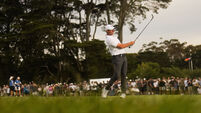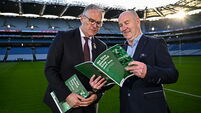Finding the right line between testing and ‘tricked up’

The grand experiment is over. After going to untested layouts for two of the last three US Opens, the United States Golf Association embarks on a run of tried-and-true classic courses with major championship pedigree for at least the next decade.
In addition to Shinnecock Hills Golf Club this week (and again in 2026), the names include the likes of Pebble Beach, Winged Foot, Pinehurst, and The Country Club. It’s hard to mess up that line-up.
















